Root canal treatment

specialists

equipment

treatment
Indications and contraindications
Among the contraindications for endodontic treatment, doctors identify the following:
- Allergy to anesthetics or other dental materials
- Diseases of the cardiovascular system (unstable angina, recent myocardial infarction, severe heart failure, severe heart rhythm disturbances)
- Bleeding disorders
- Acute infectious diseases
Endodontic treatment is a complex process that requires highly qualified doctors and strict adherence to all stages.
Among the indications it is worth noting deep caries, which penetrates the tooth pulp, causing an inflammatory process. The development of a cyst or granuloma at the root of a tooth leads to chronic inflammation and the threat of infection. In addition, the need for aesthetic restoration of a tooth, especially with significant destruction of the coronal part, often requires preliminary treatment of the canals.
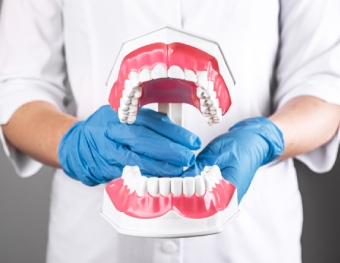
When is root canal treatment necessary?
- Acute and chronic pulpitis Infectious lesion of the pulp, which is manifested by regular or temporary pain, increased sensitivity to cold and hot foods, as well as swelling in the area of the affected tooth
- Periodontitis An inflammatory disease of the tissues surrounding the tooth, which occurs against the background of a bacterial infection. It manifests itself as pain when chewing, redness and swelling of the gums, as well as the formation of purulent pockets around the tooth.
- Periapical abscess This condition is characterized by the development of a purulent focus around the root of the tooth, acute pain, redness and swelling of the gums, as well as the discharge of pus from it.
- Tooth injury Cracks, chips or darkening of a tooth after an impact or fall lead to the need for root canal treatment
- Re-inflammation Repeated endodontic treatment in case of errors during previous therapy or the development of new inflammation
Treatment methods
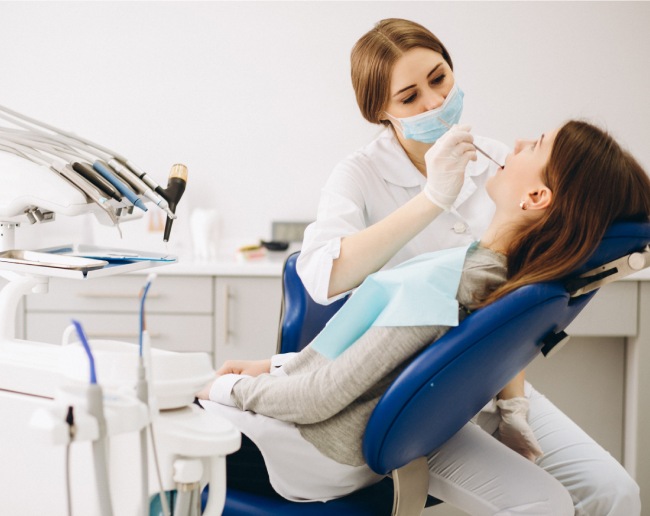
Previously, dentistry used methods based on the use of such aggressive substances as arsenic paste and resorcinol-formalin mixture. These substances contributed to the death of the pulp, after which the doctor removed it and filled the tooth. However, such methods had a number of serious drawbacks:
- Complete destruction of nerve tissue did not always occur, which led to acute pain in the patient
- High toxicity of the substances used that can accumulate in organs
- Remaining tissue in the root canals could cause re-inflammation
Modern dentistry involves two main approaches to endodontic treatment: therapeutic and surgical.
Therapeutic treatment is used in the initial stages of the inflammatory process. In this case, doctors try to preserve all or part of the pulp, using medications and special gaskets to isolate the pulp chamber. Antibiotic dressings that act through the dentin may also be used.
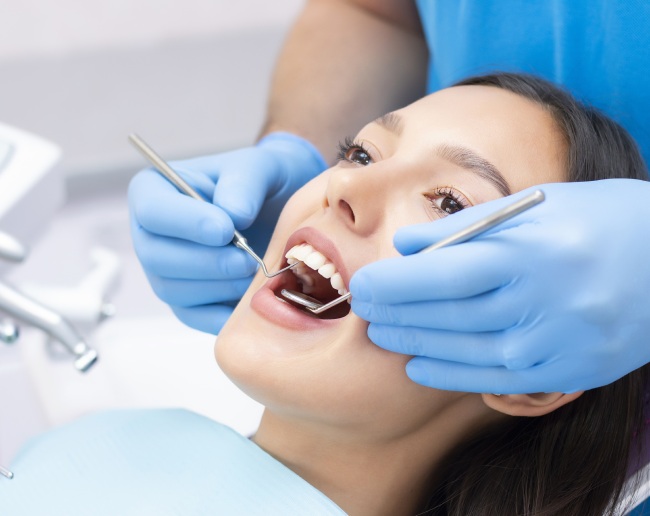
Surgical treatment involves complete excision of the pulp, its thorough cleaning and disinfection, followed by filling the canals with special material.
There are several methods of therapy:
- Traditional filling used in most cases
- Innovative vertical filling using heat-treated gutta-percha injections
- Thermophile technique, which involves introducing heated filling material into the canal
In some clinical situations, especially in the presence of cysts, granulomas or perforations, it may be necessary to remove the apical part of the tooth root.
Endodontic treatment is carried out under local anesthesia, which ensures a painless procedure. The duration of therapy depends on the complexity of the case and the number of canals in the tooth: for a single-canal tooth, 25-35 minutes are usually sufficient, and for a three-canal tooth, from 1.5 to 2 hours.
Step-by-step root canal treatment
Endodontic treatment consists of the following stages:
During endodontic treatment, doctors actively use a dental microscope. This modern tool allows you to more accurately determine the location of the canal mouths and identify their anatomical features.
Thanks to the use of a microscope, the risk of injury to healthy areas, perforation and other complications is significantly reduced.
Recommendations after treatment
After endodontic treatment, it is important to follow several basic recommendations to maintain the health and longevity of the treated tooth.
- In the first days after therapy, avoid eating too hot, cold or spicy foods. This will minimize discomfort due to temporary increased sensitivity of the tooth.
- Brush your teeth thoroughly regularly, use dental floss and an irrigator.
- Avoid chewing hard objects (nuts, candies) to prevent root canal damage and tooth decay.
In addition, you should regularly visit your dentist and hygienist to monitor the condition of your teeth and gums and have them professionally cleaned.

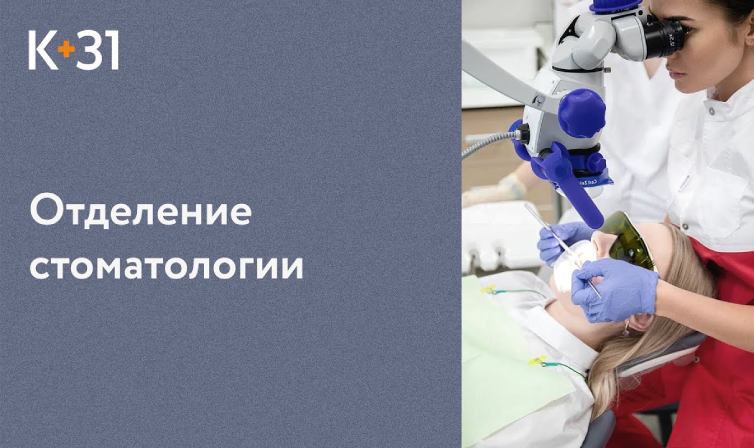
Modern methods of diagnostics and dental treatment at "K+31"
Our doctors

This award is given to clinics with the highest ratings according to user ratings, a large number of requests from this site, and in the absence of critical violations.

This award is given to clinics with the highest ratings according to user ratings. It means that the place is known, loved, and definitely worth visiting.

The ProDoctors portal collected 500 thousand reviews, compiled a rating of doctors based on them and awarded the best. We are proud that our doctors are among those awarded.
Make an appointment at a convenient time on the nearest date
Price
Questions about root canal treatment
We invite you to read the answers to the most common questions regarding endodontic treatment.
Is it painful to remove pulp?
Is arsenic now used in treatment?
Is it possible to treat inflammation in the canals with an antibiotic?
What does the dentist do after root canal filling?
Do you experience pain after treatment?
How long will a pulpless tooth last after treatment?
Are complications possible after endodontic treatment?


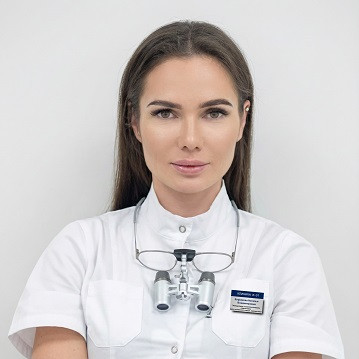

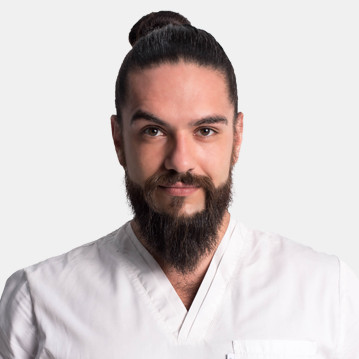
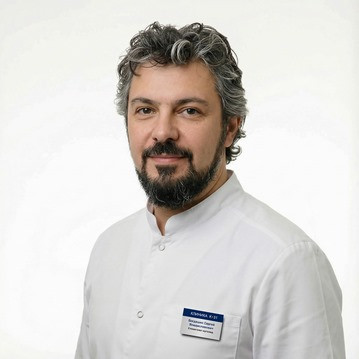
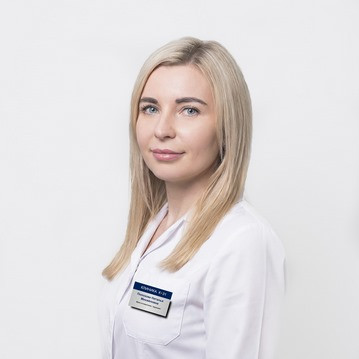
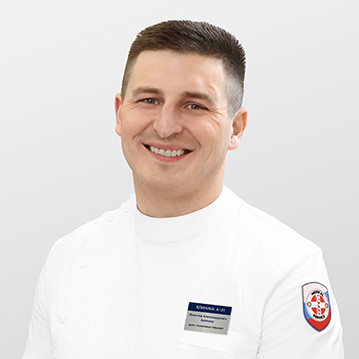
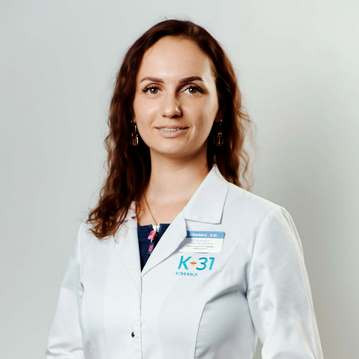
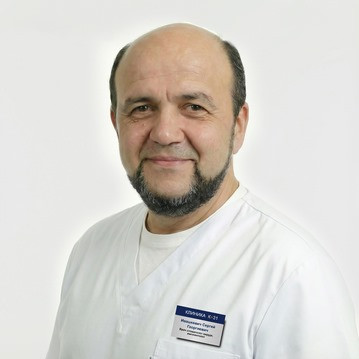

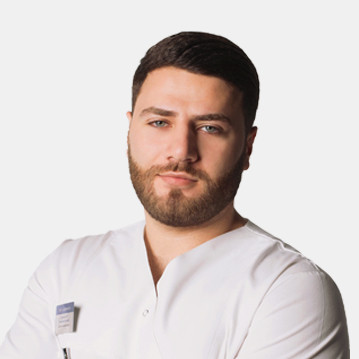
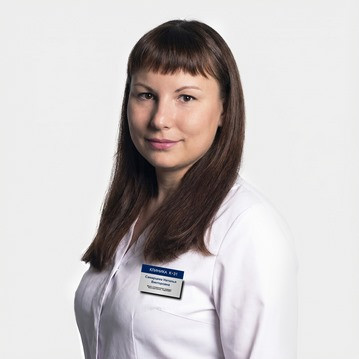

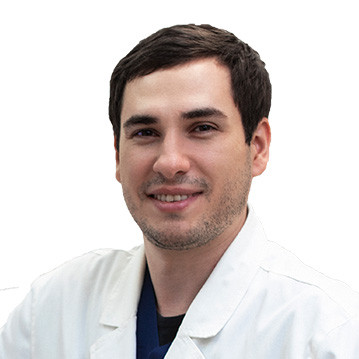

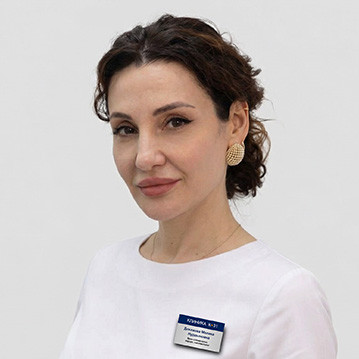
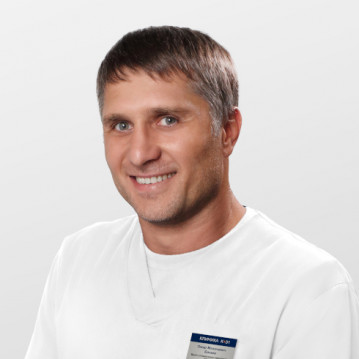
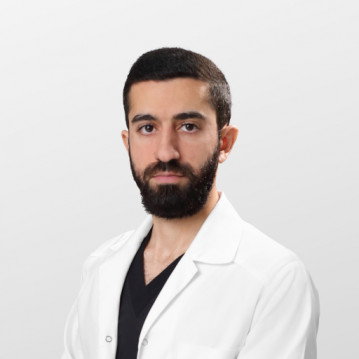
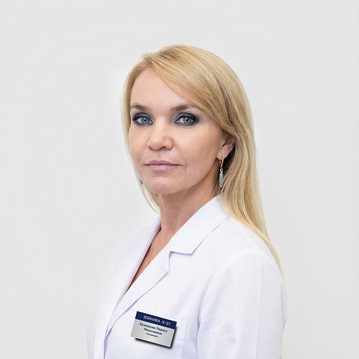

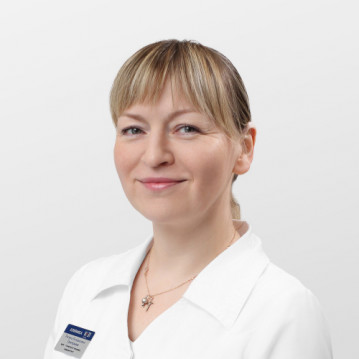

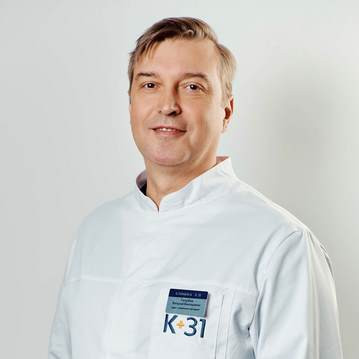
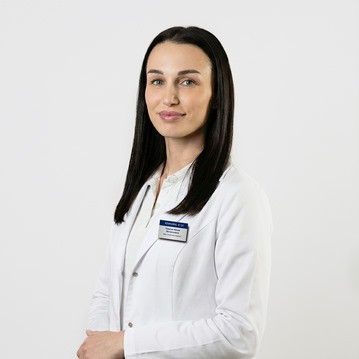
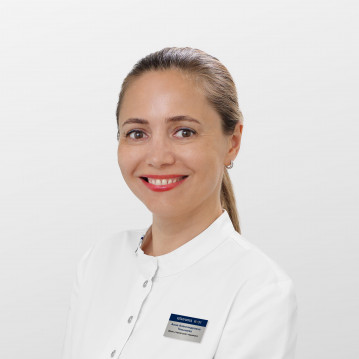
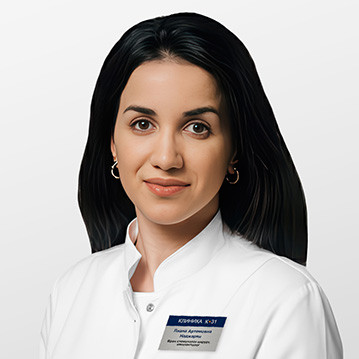
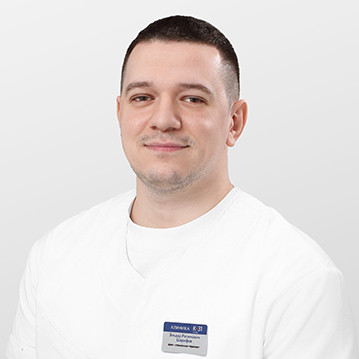
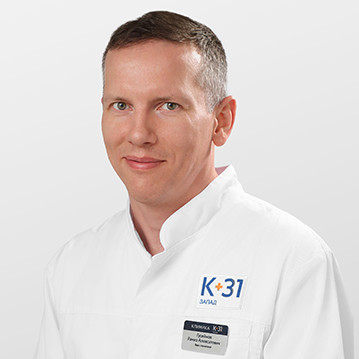
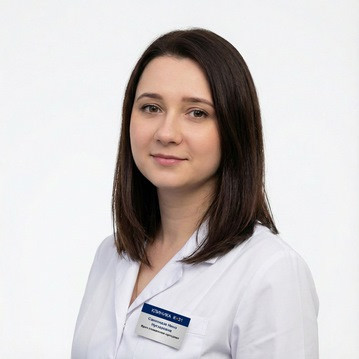
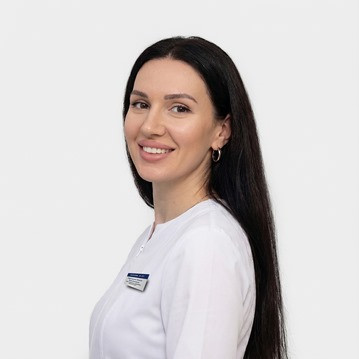


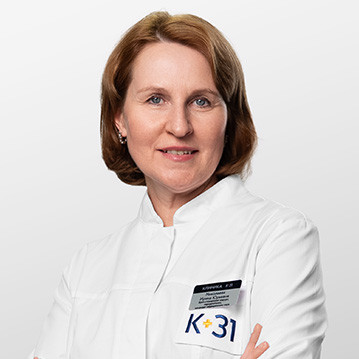
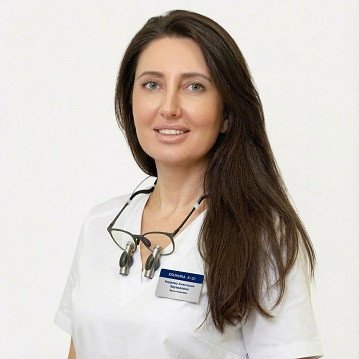
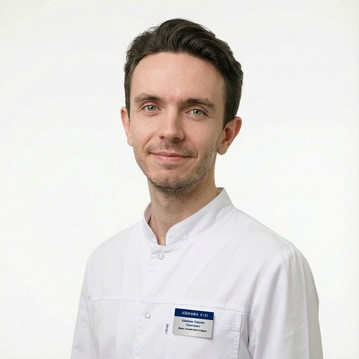








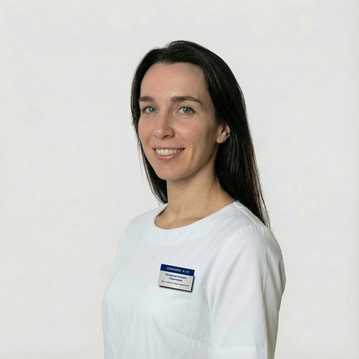








At the service
During endodontic treatment, the dentist considers the unique characteristics of each patient's dental canals, including their number, curves, length, as well as variations in wall thickness and the presence of additional canals or anatomical abnormalities.
According to Wein's classification, there are several main types of channels:
This classification is considered indicative and does not include all possible options for the structure of root canals encountered by dentists.
The length of the dental canal also plays an important role in treatment. It can vary from 10 to 20 mm and depends on the size of the teeth, jaw and roots. To accurately determine the length of the canal, radiography and computed tomography are performed.